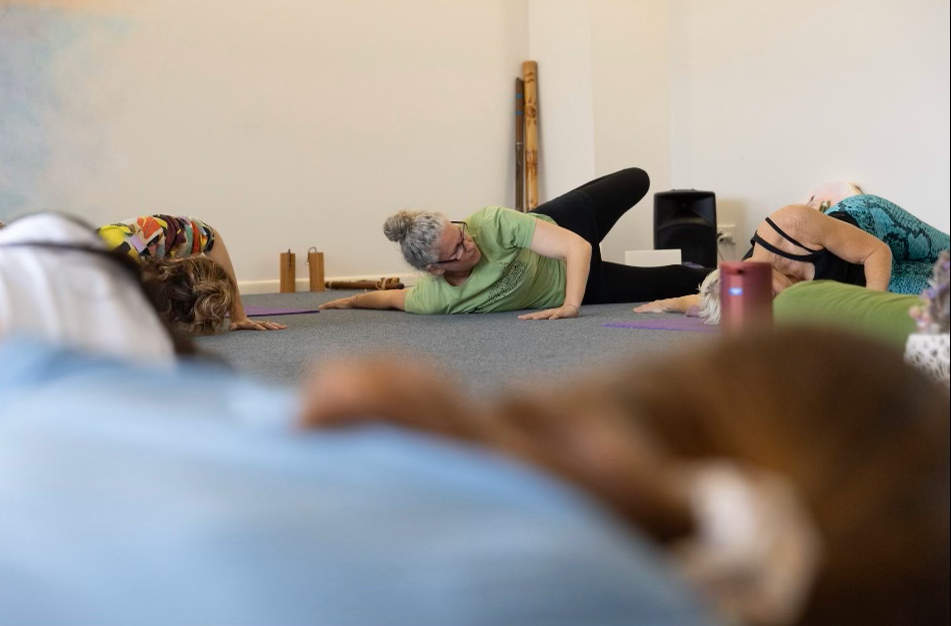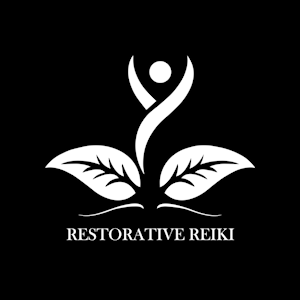Yin Yoga is a gentle and meditative style of yoga that focuses on stretching and deep relaxation. It is characterized by slow-paced movements and long-held postures designed to target the body’s connective tissues—ligaments, tendons, and fascia—rather than the muscles. This practice emphasizes stillness and inner awareness, making it both a physical and mental discipline.
Traditional forms of Yoga are dynamic, activating and firming, which is wonderful ( I have had an active practice for around 20 years). Yin Yoga is the missing piece of the Yoga puzzle. Yin Yoga allows us to work the deeper “Yin”, tissues of our ligaments, joints and deep fascial networks – this allows for the achievement of optimal health and vitality.
In Yin Yoga we work with the process to find the shape that works individually for each person. We then hold that shape or position for 3 – 6 minutes, sometimes longer. The benefits come from the stillness. Through the combination of specific shapes related to the 5 elements and the meridians of the body as well as slow, deep breathing, thus calming the nervous system, inviting a deeper level of awareness.
We then have the tools to access well – ness
1. Postures (Asanas)
- Long Holds: Poses in Yin Yoga are typically held for 3 to 5 minutes or longer. This extended duration allows the connective tissues to stretch and lengthen.
- Passive Poses: The poses are usually passive, meaning you relax into the stretch rather than actively engaging muscles. Most poses are done sitting or lying down, focusing on areas like the hips, pelvis, and lower spine.

2. Focus Areas
- Connective Tissue: By targeting connective tissues, Yin Yoga helps increase joint mobility, flexibility, and overall range of motion.
- Deep Relaxation: The practice promotes deep relaxation and release of tension in the body, making it particularly effective for stress relief.
3. Mindfulness and Meditation
- Meditative Approach: Yin Yoga encourages mindfulness, with a focus on breath and the sensations arising in the body. It’s an opportunity to observe thoughts and emotions without judgment.
- Stillness: Holding poses for extended periods cultivates patience and a deep sense of calm, fostering mental stillness and clarity.
4. Balancing Energies
- Yin and Yang: Yin Yoga is the counterpart to more active, dynamic “yang” practices like Vinyasa or Ashtanga Yoga. It balances the fast-paced, muscle-focused yang practices by emphasizing stillness, surrender, and introspection.
- Energetic Balance: The practice is believed to balance the body’s energy by working with the meridians (energy channels) in a way similar to acupuncture or acupressure.
5. Props and Modifications
- Use of Props: Blocks, bolsters, blankets, and straps are often used to support the body in poses, allowing for deeper relaxation and making the practice accessible to all levels.
- Modifications: Yin Yoga is highly adaptable, with modifications available to suit individual needs and abilities.
6. Benefits
- Increased Flexibility: Over time, the prolonged stretching in Yin Yoga can lead to greater flexibility, especially in the hips, pelvis, and lower back.
- Stress Reduction: The meditative nature of Yin Yoga promotes relaxation and helps reduce stress and anxiety.
- Improved Circulation: The long holds in Yin postures can improve circulation and energy flow in the body.
Yin Yoga is an excellent practice for those seeking to balance an active lifestyle, reduce stress, and cultivate a deeper connection to their body and mind.

